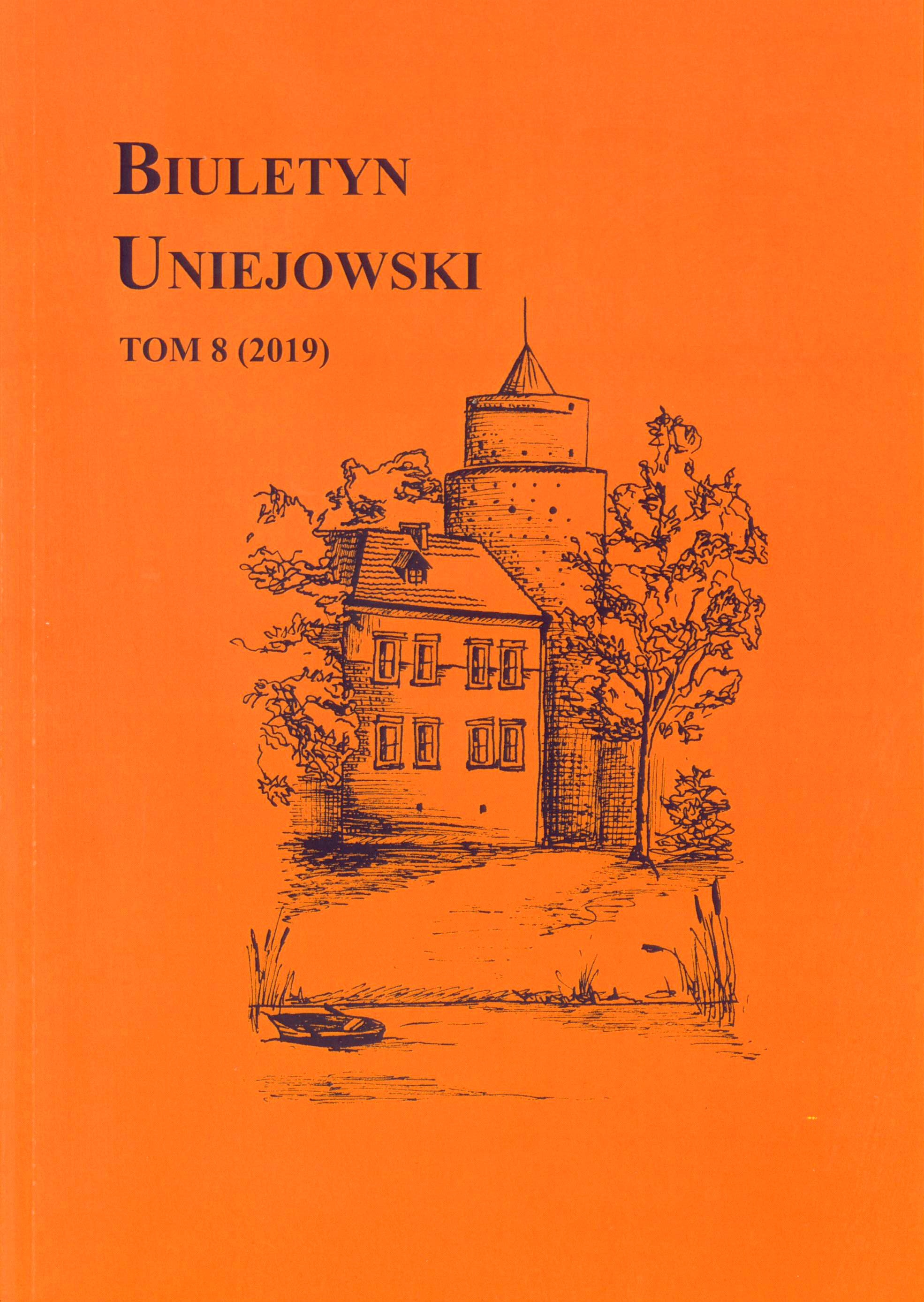PARKI W UNIEJOWIE I TURKU OSTOJAMI RODZIMEJ FLORY LEŚNEJ W ROLNICZYM KRAJOBRAZIE ŚRODKOWEJ POLSKI
PARKS IN UNIEJÓW AND TUREK AS THE REFUGIUMS OF THE NATIVE FOREST FLORA IN AGRICULTURAL LANDSCAPE OF CENTRAL POLAND
Author(s): Leszek Kucharski, Błażej Chmielecki, Karolina FigurskaSubject(s): Physical Geopgraphy, Regional Geography
Published by: Wydawnictwo Uniwersytetu Łódzkiego
Keywords: refugium;flora;synanthropization;park;Uniejów;Turek
Summary/Abstract: This study deals with the vascular plants in the castle park in Uniejów and Żermina Składkowska park in Turek. The first of them was set up in the Warta river valley, the second – in the valley of a small stream called Folusz. During the vegetation seasons of 2018–2019, a descriptive list was made of the vascular plants at both sites. The identified species were divided into three groups: sociological-ecological, biotopic and geographical-historical. Based on the analysis of the historical-geographical spectrum of the flora, selected indicators of anthropogenic changes were defined. In total, 314 species of vascular plants were identified in the studied places. The flora of the castle park in Uniejów includes 217 species of vascular plants; in Żermina Składkowska park 202 such species were found. 217 of those species are indigenous, while 97 are non-native. Some of the species found in the parks are: Gagea pratensis, Thalictrum flavum, Galium schultesi andCorydalis intermedia. The flora of the park in Uniejów is more natural (25%) than that in the parkin Turek (10,9%). Consequently, the indicators of anthropogenic changes for the Turek park are higher. Parks around historic buildings (castles, palaces, manors) and large city parks constitute refugiums of the flora typical of natural habitats in the anthropogenic landscape.
Journal: Biuletyn Uniejowski
- Issue Year: 2019
- Issue No: 8
- Page Range: 181-196
- Page Count: 16
- Language: Polish

